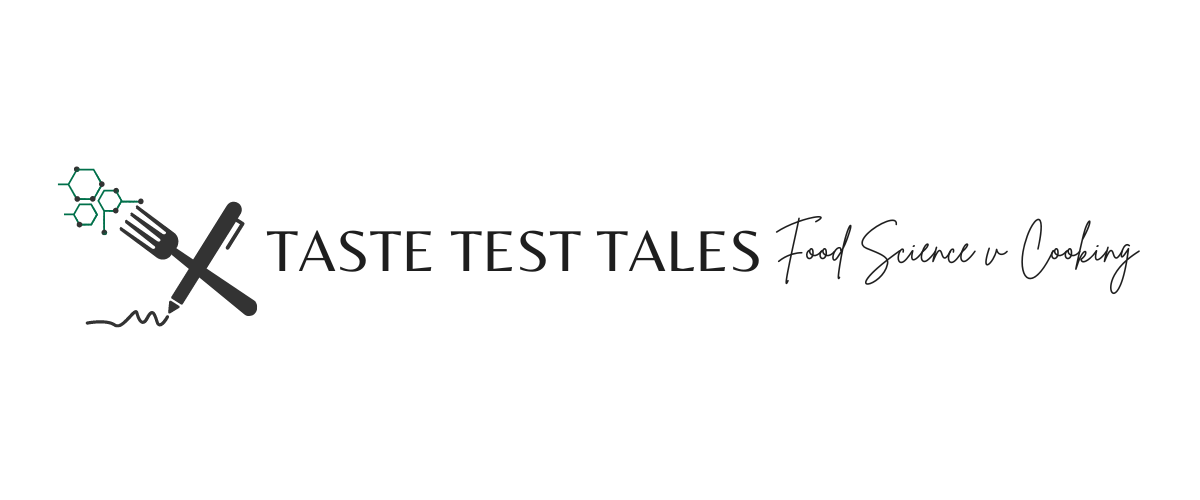
28 Dec The Science behind Sous Vide Cooking
As professional Food Scientist, I have always been fascinated with the art of cooking and the science behind it. This Christmas Eve, I decided to take my culinary experiments a notch higher and create a steakhouse dinner experience right at home. The star of the menu? Sous Vide Ribeye and Filet Mignon. The results were astounding, and that was my initiation into the world of Sous Vide cooking. In this article, I’ll dive into the science and art of this unique cooking method, bring you some of the best Sous Vide machines and vacuum sealers in the market, and share a few handy tips and recipes for a successful Sous Vide cooking experience.
What is Sous Vide Cooking?
The term “Sous Vide” is French and translates to “under vacuum”. As the name suggests, Sous Vide is a cooking technique that necessitates vacuum-sealing food in a bag and then cooking it in a precisely regulated water bath. This method of cooking ensures consistency and precision, making it a favorite amongst professional chefs and home cooks alike.
The Science Behind Sous Vide
The principle behind Sous Vide cooking is simple yet ingenious. It leverages the power of precise temperature control to cook food evenly and perfectly. The food, sealed in a vacuum bag, cooks in its juices, ensuring that the flavors are locked in and the texture is maintained. This controlled environment for cooking also means that your food will never exceed the set temperature, thereby eliminating the risk of overcooking.
Why Choose Sous Vide?
Sous Vide cooking offers a plethora of benefits over traditional cooking methods. Here are a few reasons why you should consider adopting this cooking technique:
- Precision and Consistency: With Sous Vide, you can control the cooking temperature down to a decimal, ensuring consistent results every time. Whether you’re cooking a tender steak or crunchy vegetables, Sous Vide allows you to achieve the desired level of doneness with precision.
- Enhanced Flavors: Since the food is cooked in its juices, it retains all its flavors and nutrients, resulting in a tastier and healthier meal.
- Reduced Food Waste: Traditional cooking methods often result in food shrinking due to moisture loss. However, Sous Vide cooking prevents this, leading to reduced food waste.
- Stress-free Cooking: With Sous Vide, you can “set it and forget it”. Once the food is in the water bath, you don’t have to constantly monitor it, making it a convenient cooking method.
- Versatility: From meats and fish to vegetables and desserts, you can cook a wide variety of foods using Sous Vide.
How to Cook Sous Vide
Cooking Sous Vide might sound complicated, but it’s actually quite straightforward. Here’s how I made my Christmas Eve Ribeye and Filet Mignon:
Ingredients:
- 1 lb Steak
- 2 Sprigs of Thyme
- 1 clove of garlic, minced
- 3 tbsp butter
- Salt to Taste
- Pepper to taste
Sous Vide Steak Recipe:
- Season the steak with salt and pepper.
- Add the steak, thyme, minced garlic, and butter to a Sous Vide bag.
- Vacuum seal the bag, ensuring all the air is removed.
- Place the bag in a Sous Vide water bath preheated to 133F (for medium doneness) and cook for 1 hour.
- Once done, remove the steak from the bag and sear each side in a hot pan for 1-2 minutes to get a nice crust.
- Let the steak rest for 5-10 minutes before serving.
Sous Vide Cooking Times and Temperatures
While Sous Vide offers consistency and precision, it’s important to set the right temperature and cooking time for different foods. Here are some general guidelines:
- Beef Steaks: 120ºF for rare, 134ºF for medium-rare, 140ºF for medium, 150ºF for medium-well, and 160ºF or higher for well-done. Cooking time: 1 to 4 hours for a 1-inch thick steak; 3 to 6 hours for a two-inch steak.
- Pork Tenderloin or Pork Chops: 134ºF for 90 minutes to 7 hours.
- Boneless Chicken Breast: 146ºF for 1-4 hours.
- Fish Fillet: 126ºF for 20-30 minutes.
- Lobster: 140ºF for 45-60 minutes.
- Root Vegetables: 183ºF for 1-3 hours.
- Tender Vegetables: 183ºF for 30-90 minutes.
Best Sous Vide Machines and Vacuum Sealers
Choosing the right Sous Vide machine and vacuum sealer is crucial for a successful Sous Vide cooking experience. Here are some recommendations:
Sous Vide Machines:
- Anova Culinary Sous Vide Precision Cooker: Known for its precision and consistency, this is a great option for both beginners and experienced cooks.
- ChefSteps Joule Sous Vide: This compact and powerful device can be controlled via a mobile app, offering convenience and ease of use.
- Breville Joule Sous Vide: This high-quality Sous Vide machine offers a wide temperature range and fast heating time.
Vacuum Sealers:
- FoodSaver V4840 2-in-1 Vacuum Sealer Machine: This versatile vacuum sealer offers a strong vacuum seal and comes with a handheld sealer for sealing jars and containers.
- Nesco VS-12 Deluxe Vacuum Sealer: This sealer offers a variety of features, including adjustable sealing levels and a double vacuum pump.
- NutriChef Vacuum Sealer: This budget-friendly sealer is easy to use and comes with a starter kit for beginners.
Sous Vide cooking is an art and a science that offers unmatched precision and consistency. Whether you’re an experienced home cook or a beginner, Sous Vide can revolutionize your cooking experience. So, step into the world of Sous Vide and discover a new realm of culinary possibilities.


Pingback:Genius Cooking Hacks to Master the Art of Cooking - Taste Test Tales
Posted at 22:15h, 23 May[…] Flavor Enhancement: Certain cooking hacks can elevate the flavors of your dishes, making them more vibrant, complex, and delicious. […]